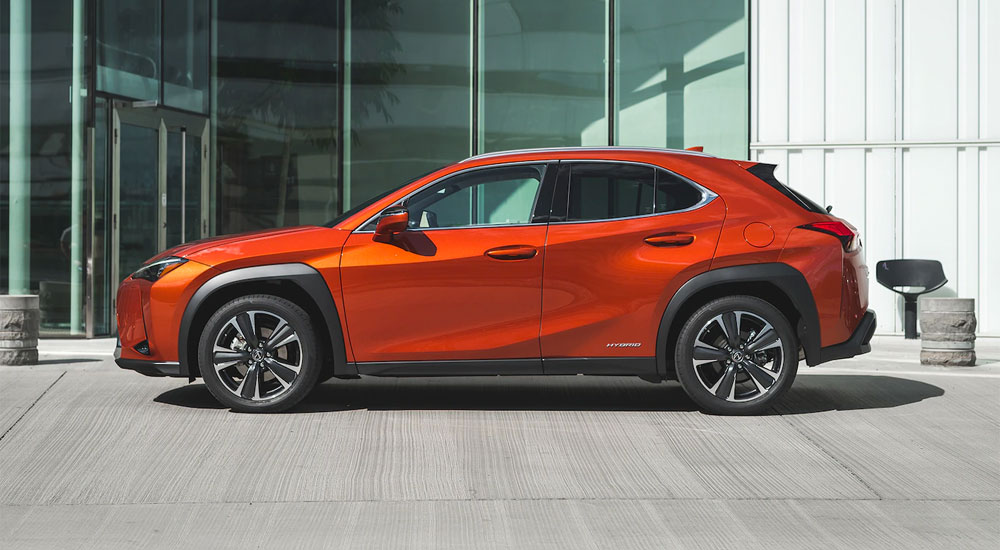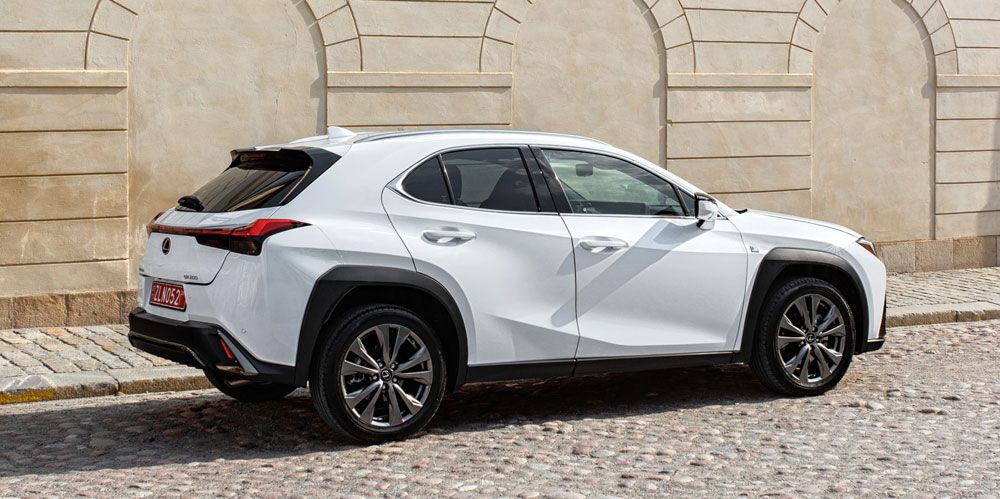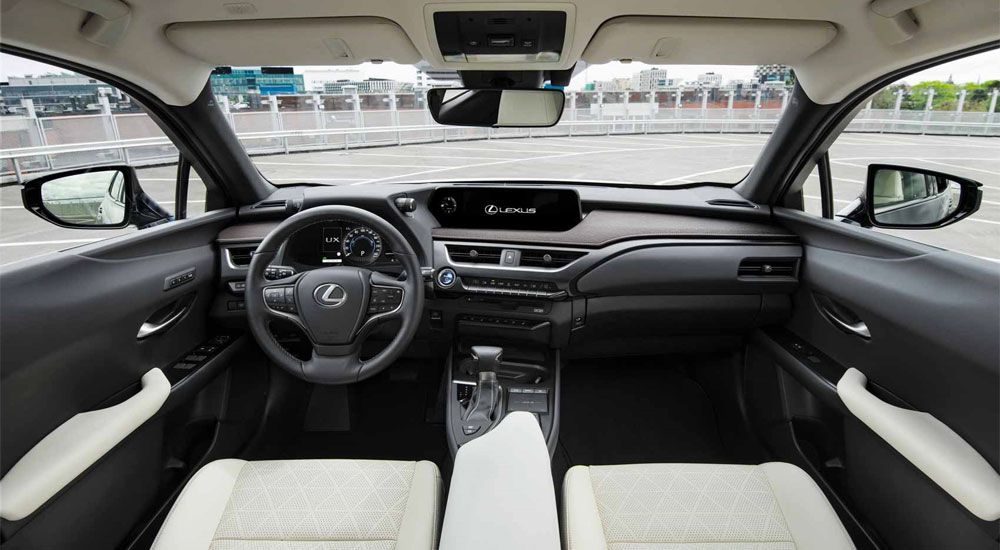The first drive reviews for the Lexus UX 200 & Lexus UX 250h have arrived — here’s a cross-section of opinion from around the world.

Frank Markus from Motor Trend:
The “urban explorers” Lexus is targeting reportedly care more about “lifestyle flexibility” and efficiency than they do about horsepower and torque, so the new 2.0-liter engine prioritizes its 33-mpg EPA combined rating and achieves original-Prius hybrid levels of thermal efficiency without leaning on electrons. The all-wheel-drive hybrid UX 250h achieves a claimed best-in-class 38-mpg EPA combined.
However, the UX accelerates with the enthusiasm of a Prius, too, as horsepower levels fall well short of the turbocharged 2.0-liters powering virtually all of the competition, at 169 hp for the gas front-driver and 175 total system hp for the hybrid.

Joseph Capparella from Car & Driver:
Lexus has gone far outside the box with the UX’s styling and has applied a surfeit of flourishes for such a small package, perhaps to ensure that it won’t be mistaken for a Toyota. It surely won’t be, but it’s also far from pretty. On the other hand, interesting color choices, including a green and an orange for the exterior and a two-tone blue-and-white interior option, help give the UX more youthful energy than other Lexus models can offer. We think the brighter colors show off the crossover’s surface interest best.
If the UX is a commuter car under its wild skin, it’s a good car to drive. We continue to be impressed with the dynamic qualities of Toyota models that ride on the brand’s TNGA family of platforms, and the UX’s chassis boasts progressive-feeling steering, nicely tuned damping, and a satisfying sense of quiet refinement. It is a shame that the best version we sampled, a UX200 with the F Sport package, won’t be available in the United States with the adaptive dampers that were featured on the European example we drove.

Whichever powertrain you pick, my experience at the UX’s Stockholm, Sweden global launch reveals that this Lexus drives just fine, a judgment that may sound like faint praise. The non-hybrid feels the quicker of the pair on the road, with pleasantly strong midrange torque and smooth power delivery (though neither is especially brisk above city speeds). The hybrid is quiet and slick off the line when it’s operating on electrical power, but its engine can both sound and feel strained when asked for more acceleration.
It’s really tough to get excited about driving the Lexus UX, even in the F Sport model with the drive-select knob twisted to Sport+, because you always feel mildly detached from what’s going on. The UX’s chassis is agile and happy to change direction, but not exactly eager to dive into bends. No feedback is telegraphed through the steering wheel, but at least the action is nicely weighted, quick and precise. It’s a crossover that will neither annoy nor excite you on the road — fitting in well with the ethos of most other Lexus models.

If you don’t think the move to self-driving cars is coming piecemeal and sometimes in the fine print, check out this bit of creepiness: “…Predictive Deceleration Support technology uses accumulated knowledge about a driver’s behavior to predict when and where the vehicle is likely to slow down or stop. For example, when the UX approaches a location where the driver has slowed or stopped in the past, and the driver releases the accelerator pedal, Predictive Deceleration Support increases regenerative braking, allowing more efficient energy to be recovered and recharged into the hybrid battery. The system can provide deceleration support up to about 1,000 feet ahead of the vehicle.” It will also add brakes to long downhill descents.
It should go without saying, but if you fail to remind a driver how much his car weighs by doing the braking for him, it won’t take long for him to forget. This is how one creates the demand for autonomous cars: by encouraging drivers—slowly, steadily—to forget how to drive.

Keith Jones from CAR Magazine:
Up front, the plushness continues, with a typically Lexus-like cabin – read top-notch materials as that infuriating multimedia touchpad. It doesn’t feel quite as snug and coupe-like in the first row as the designers would have you believe, but in the back the similarities are all too apparent.
Although it’s a three-seater bench, in truth two tall adults are going to be as comfortable back there as Jeremy Corbyn waiting for a bus outside a synagogue. Not only is it bereft of head- and legroom for six-footers, the door openings require Houdini-esque levels of limb manipulation. It’s a space best reserved for pre-teens – should your back-seat passengers be larger, then an NX might suit your needs better anyway.

Anthony Crawford from Car Advice:
We sampled both drive units at the international launch in Sweden, albeit briefly, and while there’s certainly sufficient ‘go’ in the entry-level, you’ll need to be in Sport or Sport+ (if fitted with adaptive suspension) for any real urgency off the line – or indeed pulling out of a busy intersection.
Merging onto freeways requires a solid prod of the throttle just to keep up. But that highlights a few other issues with this powertrain – like the total lack of mid-range punch where it’s most needed, and the subsequent racket from the engine that sounds like it’s under stress.


Comments